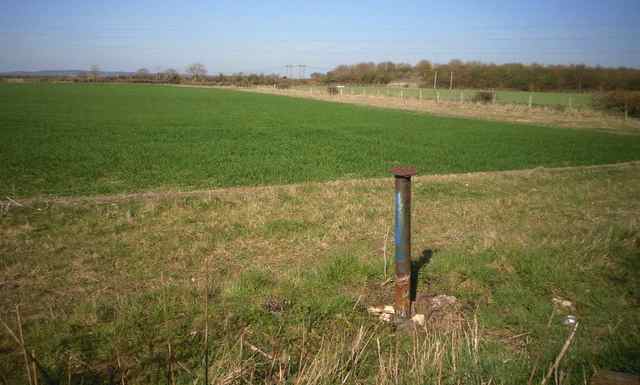In Gujaret, a state in Northwestern India, a simple but powerful technology is helping change the lives of rural women: bhungroo. Listed as an award candidate in the Dell Social Innovation Challenge, bhungroo is, according to the contest organizers, “empowering the farmers (and rural women) with a simple and practical alternate source of irrigation.”
Because the region is semi-arid and suffers a heavy demand for water from industry, water supply is low. According to a World Bank study, publicly owned irrigation schemes make up approximately two-thirds of the total supply, but “farmers perceive that the systems are not working well and therefore are not worth paying while the department [of irrigation] expresses inability to maintain systems.”
Farmers face more than just an affordable water supply problem: during monsoon season, salinized water will pool in fields, making the land un-farmable except in the winter. With high expenses for water and only one growing season, annual income can be as low as US$170. With little income, the purchase of water can lead to debt.
Biplab Paul, an economic developer, has developed a solution that addresses both water supply and salinized pooling problems: bhungroo, or, straw. A hollow tube is inserted into the ground, leading to an underground well. Rather than remaining stagnant, pooled water can drain through the straw into the well. Here, it mixes with underground water reservoirs, reducing salinity. By draining salinized water away from soil and mixing it with fresh water, farmers ensure the viability of their first crop, and create a reservoir to be used for irrigating a second one.
This groundwater recharge innovation is what makes dual cropping possible. However, it is the cooperative strategy of Paul’s development project that makes the water supply affordable, putting irrigation schemes in the hands of small farmers and helping women to take control of their livelihoods. The bhungroo wells are owned collectively between five households, and a woman is put in charge of each household. Together, they divide maintenance and labor amongst themselves. While the cost of installation is almost US$8,500, Paul says that bhungroos ensure “food security for at least 25 people,” and raise annual incomes by more than 1,000 percent within two years.
The final dimension of Paul’s project is that it is targeted to women. Bhungroo property ownership rights were given exclusively to women, with a preference for widows. A report from the U.N.Food and Agriculture Organization (FAO) on land rights in India says that while women are legally allowed to own land, it is a rare occurrence. Research cited by the FAO highlights that households in which women control assets are more likely to “meet the basic nutritional, welfare, and educational needs of … children and families”, making Paul’s strategy an especially effective one for alleviating poverty and improving household welfare.















